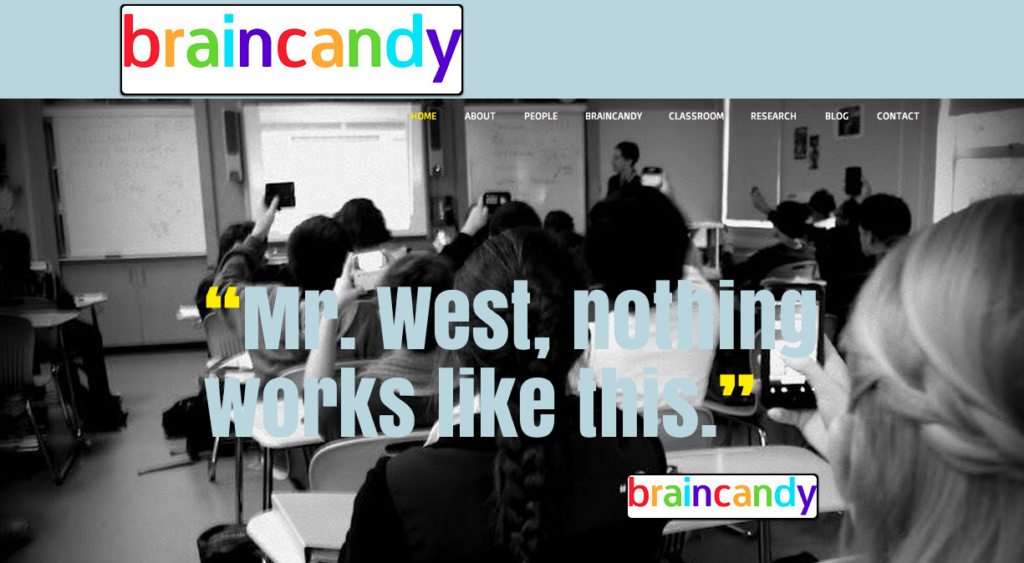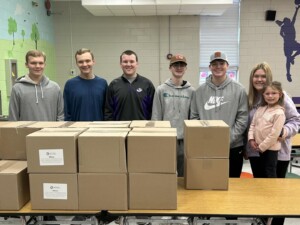Braincandy: Healthy Food for Ill Conceived Minds
By Jack West

Even experienced teachers lack good resources for discovering and documenting the common scientific misconceptions held by learning minds. Braincandy.org, a nonprofit born from a Stanford research study, aims to change that.
With help from the Verizon Foundation, The Motorola Mobility Foundation, The Workforce Development Agency of San Mateo County, and Goorulearning.org, Braincandy has begun the process of documenting and testing student misconceptions for every teacher and learner in the world to see. Braincandy fellows are experienced teachers that share the common pain point of having excellent gutt feelings about what students do and do not understand, but very little evidence to back it up and few resources to address misconceptions directly.
Braincandy assessment items are rooted in research and fueled by high-level academic discourse amongst Braincandy fellows. A fly on the wall of the Goorulearning offices in Palo Alto might mistake the Braincandy team for a group of philosophers from ancient Greece. Braincandy assessment items are not intended for summative (test for a grade) analysis. The questions create discrepant events – cognitive dissonance. This is the feeling a student has when he or she was so sure the answer was correct, but discovers that it was incorrect. Given the opportunity of this teachable moment, learners reconstruct their own understanding in a peer instruction environment, inspired by the research of Harvard physics professor, Eric Mazur.
Goorulearning will make Braincandy available to hundreds of thousands of teachers and students, free of charge. Student responses, both answer selection and text-typed rationale, will undergo rigorous statistical analysis to inform the next generation of Braincandy. The team intends to do nothing less than arm every science teacher in the world with the knowledge of what their students think about the natural world before they even enter the classroom. Then, those same teachers will have free access to the best assessment materials to begin the learning process in earnest.
For more information about Braincandy, and for access to the Braincandy assessments available for middle and high school science, please visit the website Braincandy.org. To follow the progress of braincandy deployment in a blended learning environment, follow the author, Jack West at jackcwest.wordpress.com and on twitter @jackcwest.
Jack West is a science teacher extraordinaire at Sequoia High School in Silicon Valley. He also blogs regularly on blended learning and advises Hapura, EdShelf and other edtech start-ups.







0 Comments
Leave a Comment
Your email address will not be published. All fields are required.